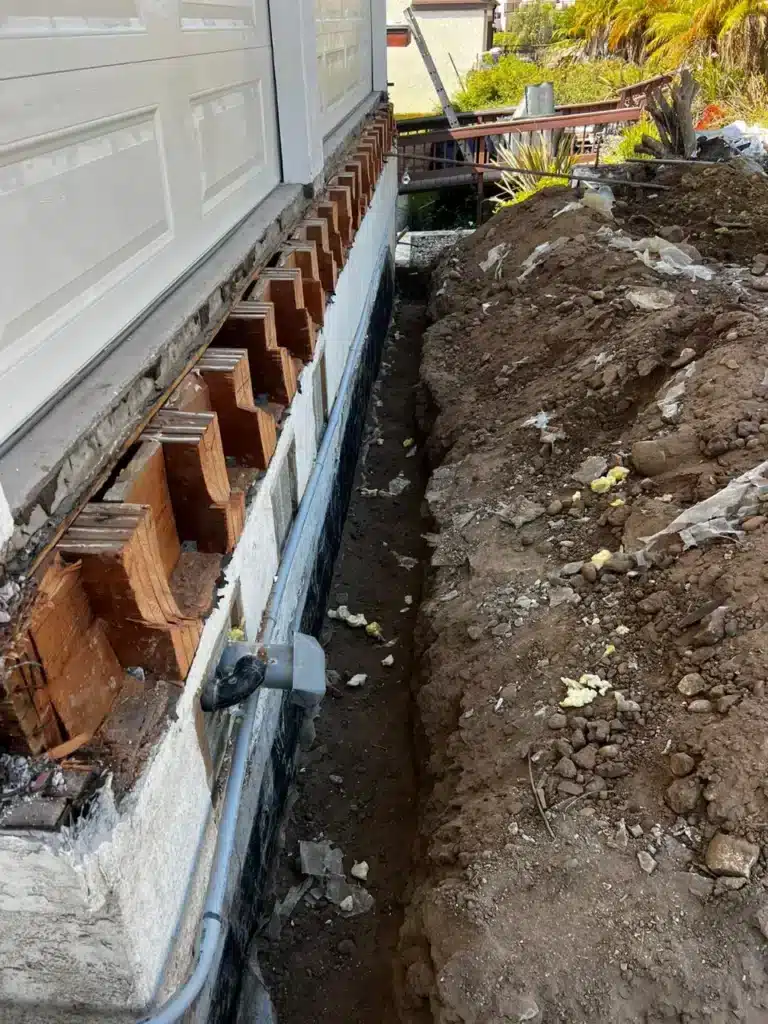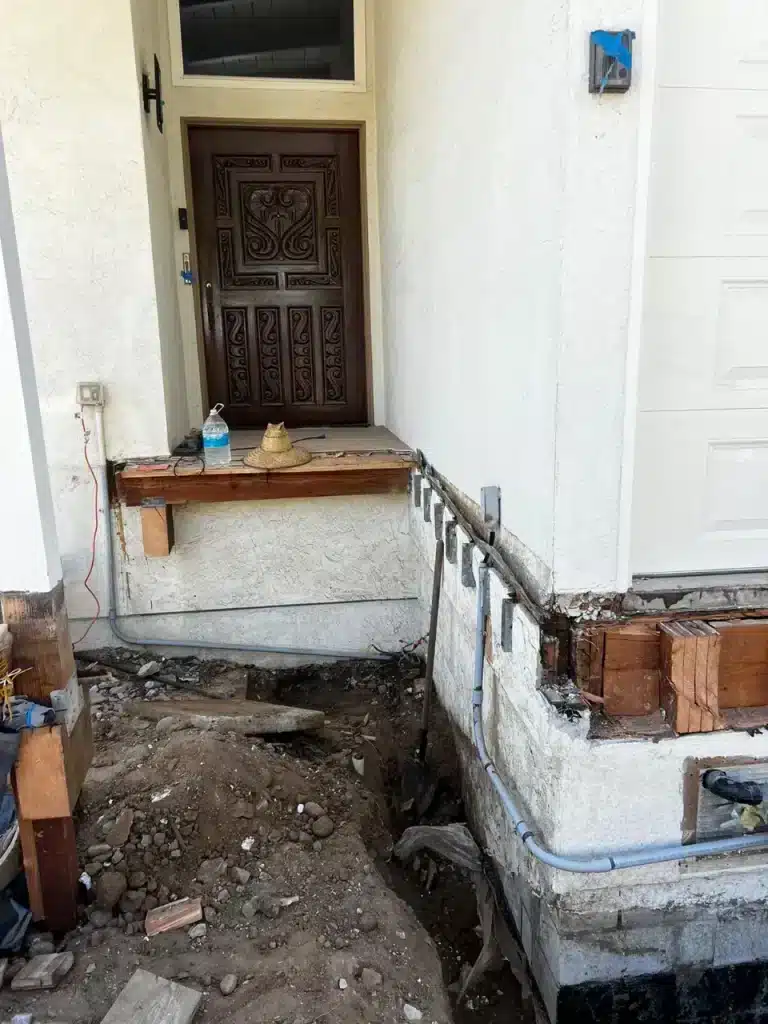Are you thinking about adding extra living space to your property? An Accessory Dwelling Unit (ADU) might be just what you need. ADU housing are small homes on the same space as your main house. They are also called granny flats, in-law suites, or carriage houses. ADU housing can be separate buildings in your backyard or part of your main house, like a garage conversion. They offer more housing options, help with affordable housing needs, and can even bring in rental income. In this guide, we’ll explain everything about ADUs, including their benefits, how to design one, and even the steps to build one in 2024.
So buckle in your construction helmets and let’s get right to it.
Understanding Accessory Dwelling Units (ADU)
An Accessory Dwelling Unit (ADU) is a small, secondary home built on the same property as a main house. ADUs can be built as separate buildings, added on to the existing house, or converted from spaces like a garage or basement. People often call them “granny flats” or “in-law units” because they’re often used to house elderly family members. ADUs have everything needed for independent living, like a kitchen, bathroom, and bedroom. Whether it’s attached to your home or completely separate, ADU Housing is a great option for additional living space. It is also common for them to hold home or children caretakers.
What is an Accessory Dwelling Unit?
The biggest difference between an ADU and a regular house is the size and location. ADU housings are much smaller, often between 500 and 1,200 square feet, and are located on the same property as your main home. While a regular home is a standalone property, ADUs are considered secondary units but come with all the basics of a home, like a kitchen and bathroom. They do, however, have to follow certain rules, such as local zoning regulations, and you’ll need a building permit to start construction. ADUs are designed to blend into the neighborhood and offer independent living space without taking up too much room.

How does ADU Housing differ from a traditional home?
Building an ADU housing, whether as a guest house or rental unit, offers plenty of benefits. For starters, it provides extra space on your property without having to move or buy a new home. Many homeowners use ADUs to help house family members, like an elderly parent who wants to live close but still maintain independence. ADUs can also be rented out to help you generate extra income, which is especially helpful in areas where affordable housing is in short supply. This way, an ADU can both meet your family’s needs and help with financial stability.
The Benefits of ADU Housing
Why should homeowners consider building a guest house?
Building an ADU, whether as a guest house or rental unit, offers plenty of benefits. For starters, it provides extra space on your property without having to move or buy a new home. Many homeowners use additional dwelling units to help house family members, like an elderly parent who wants to live close but still maintain independence. ADUs can also be rented out to help you generate extra income, which is especially helpful in areas where affordable housing is in short supply. This way, an additional dwelling unit can both meet your family’s needs and help with financial stability.
How ADU Housing Add Value To Property
ADU housing can make your property worth more, adding value in several ways. First, it increases the total amount of square footage on your property. Second, it offers more flexibility, whether it’s for family members, guests, or renters. ADUs are seen as attractive by potential buyers, especially in cities where space is tight and affordable housing is hard to find. So, not only do you get extra living space, but you also make your home more valuable if you ever decide to sell. In some places, ADUs are a solution to housing shortages, and local governments are making it easier to add them.
Designing Your Accessory Dwelling Unit
Key Design Elements To Consider For An ADU
When planning ADU housing, the main goal is to make the most of the small space while keeping it functional. Since ADUs are smaller than the main house, it’s important to think about smart design choices. You’ll want the ADU to match the look of your main house but still be a complete, independent living space. Key things to think about include having a separate entrance, making sure the utilities like water and electricity are set up, and ensuring there’s enough privacy for both the ADU and the main house. Before you start building, make sure to follow your local zoning regulations and get the proper permits.
How Can You Maximize Space In Small ADU Housing
Maximizing space in an ADU is all about using every inch wisely. Since ADUs are small, open floor plans and multifunctional furniture can help create a sense of roominess. For example, a combined kitchen and living area can save space while still being comfortable. You can also use built-in storage to keep the space free from clutter. Large windows and light-colored walls can make the space feel bigger. Whether it’s for family or as a rental unit, the goal is to make sure the ADU feels comfortable and practical.
Do You Need A Permit to Build An Additional Dwelling Unit?
Yes, you need a permit to build ADU Housing. The rules for building ADUs vary by city and county, but almost everywhere, you’ll need to get approval before starting construction. This is because ADUs have to follow local zoning laws and building codes. Many areas have started to make the process easier as ADUs become more popular, but you’ll still need to check with your local government. Things like parking requirements, distance from property lines, and the size of the ADU all need to meet local rules. Getting a building permit ensures everything is up to code, and it’s important to understand how an ADU might impact your property taxes.

Summary
Accessory Dwelling Units (ADUs) are a smart way to add extra living space or generate rental income from your property. Whether it’s a detached backyard cottage or a garage conversion, ADU housing offers flexible housing options for families or tenants. They’re smaller than traditional homes but provide all the comforts of independent living. ADUs can increase your property’s value and give you more housing options without having to move.
Building an additional dwelling unit requires planning, from understanding zoning laws to getting a permit, but the result is an extra living space that meets your family’s needs or creates rental opportunities. Whether you’re building an ADU for a family member, a renter, or for future buyers, it can be a great investment that adds value and functionality to your property. With ADUs becoming more common across many cities in 2024, now might be the perfect time to consider one for your home.

